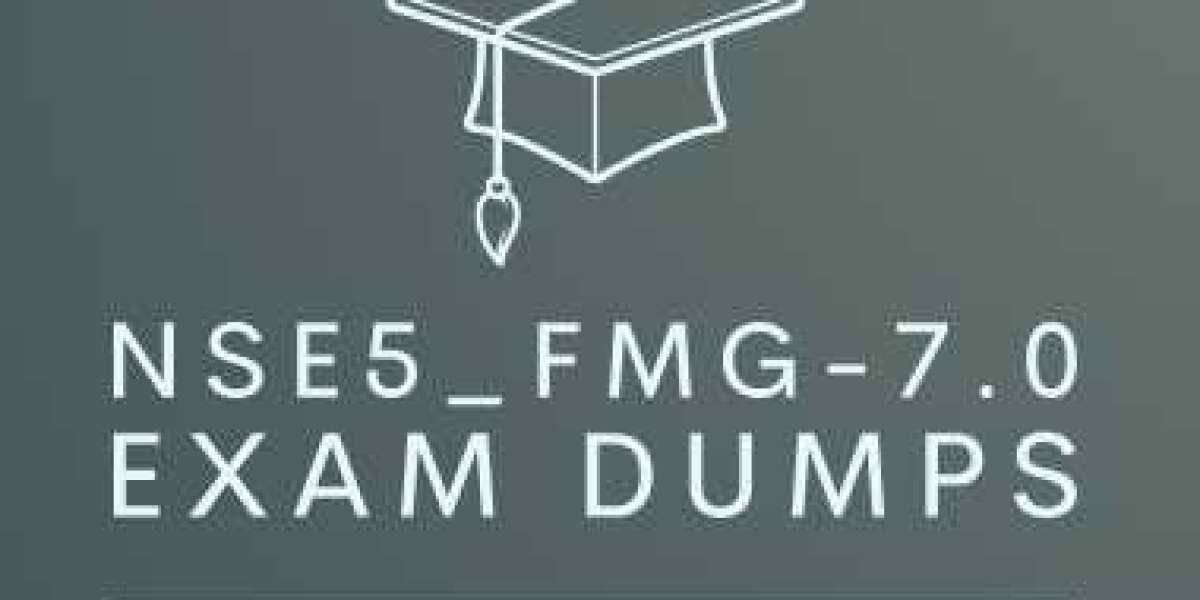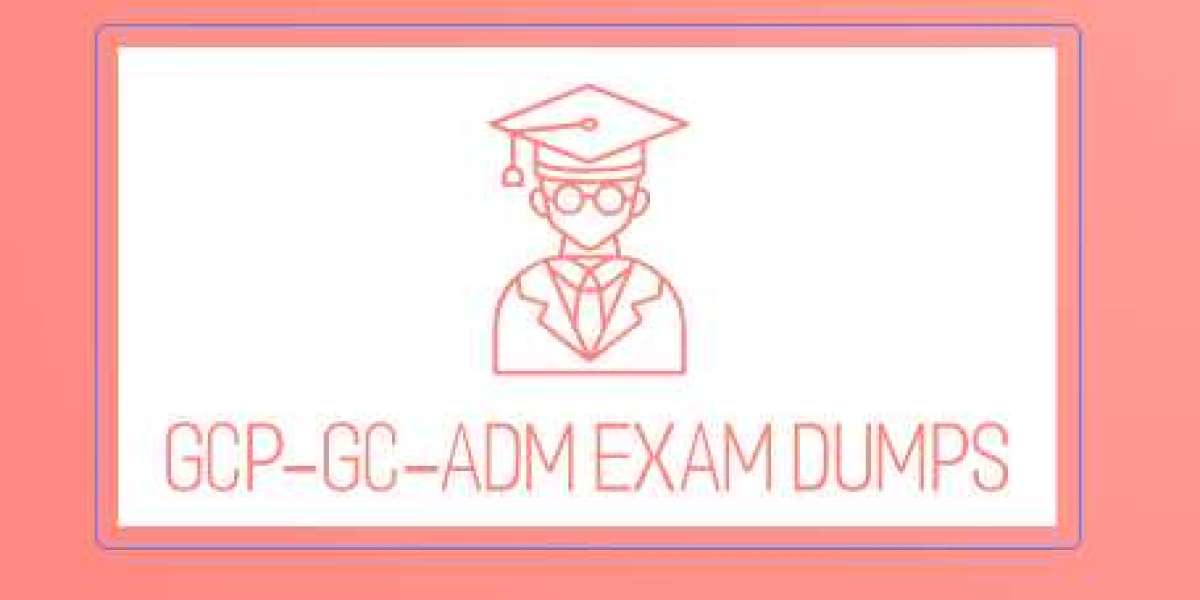Animation is a timeless art form that has captivated audiences for generations, offering a magical window into worlds of imagination and creativity. From the early days of hand-drawn animation to the revolutionary techniques of computer-generated imagery (CGI), the history of animation is a testament to human ingenuity, innovation, and artistic expression. In this article, we embark on a journey through the evolution of animation, exploring the technological advancements and creative milestones that have shaped the medium into what it is today.The Dawn of Animation: Hand-Drawn ClassicsThe history of animation traces back to the late 19th century, with pioneers like Émile Cohl and Winsor McCay experimenting with hand-drawn techniques to bring static images to life. The breakthrough came with the creation of "Steamboat Willie" (1928), which introduced audiences to Mickey Mouse and ushered in the golden age of animation. Studios like Disney, Warner Bros., and Fleischer Studios produced a treasure trove of beloved classics, from "Snow White and the Seven Dwarfs" (1937) to "Bambi" (1942), setting the standard for storytelling, character animation, and visual spectacle.Innovations in Stop Motion and ClaymationWhile hand-drawn animation dominated the early years of the medium, filmmakers also experimented with stop motion and claymation techniques to create captivating visual experiences. Pioneers like Willis O'Brien and Ray Harryhausen pushed the boundaries of stop motion animation with films like "King Kong" (1933) and "Jason and the Argonauts" (1963), while artists like Art Clokey and Nick Park brought clay characters to life in iconic works like "Gumby" and "Wallace Gromit." These techniques offered a tactile, three-dimensional quality that added to the charm and appeal of animated storytelling.The Rise of CGI: Transforming the Landscape of AnimationThe advent of computer-generated imagery (CGI) in the 1980s marked a revolution in the world of animation, offering filmmakers unprecedented control and flexibility in creating visual worlds and characters. With films like "Toy Story" (1995), Pixar Animation Studios demonstrated the potential of CGI to tell emotionally resonant stories with stunning visual realism. As technology advanced, CGI animation became increasingly sophisticated, with films like "Shrek" (2001) and "Frozen" (2013) pushing the boundaries of what was possible in terms of character animation, lighting, and visual effects.Hybrid Techniques and the Future of AnimationAs animation technology continues to evolve, filmmakers are increasingly blending traditional hand-drawn techniques with CGI and other digital tools to create hybrid works that combine the best of both worlds. Films like "The Secret of Kells" (2009) and "Spider-Man: Into the Spider-Verse" (2018) showcase the artistic possibilities of blending different animation styles and techniques, offering audiences visually stunning and narratively rich cinematic experiences. As technology continues to advance, the future of animation is limited only by the boundless imagination of storytellers and artists.ConclusionThe history of animation is a testament to human creativity, innovation, and storytelling prowess. From the earliest hand-drawn sketches to the cutting-edge techniques of CGI, animation has evolved into a vibrant and diverse art form that continues to captivate audiences of all ages. As technology continues to advance and storytellers push the boundaries of what is possible, the future of animation is bright with possibility, offering endless opportunities for creative expression and artistic exploration. More detailed information can be found here sex video download
Search
Popular Posts
-
 Other Folks Ignored These apple employee benefits package Tips And Really Regretted It
Other Folks Ignored These apple employee benefits package Tips And Really Regretted It
-
 Hit the Road with Style: Exploring English Driver Vacancies in Poland
Hit the Road with Style: Exploring English Driver Vacancies in Poland
-
 What is the safest executor for Roblox?
By mrroscigno
What is the safest executor for Roblox?
By mrroscigno -
 Explore Exciting Opportunities: Jobs in Zanzibar Await You!
Explore Exciting Opportunities: Jobs in Zanzibar Await You!
-
 Career Kaleidoscope: Diverse Jobs Await in Limerick City
Career Kaleidoscope: Diverse Jobs Await in Limerick City


